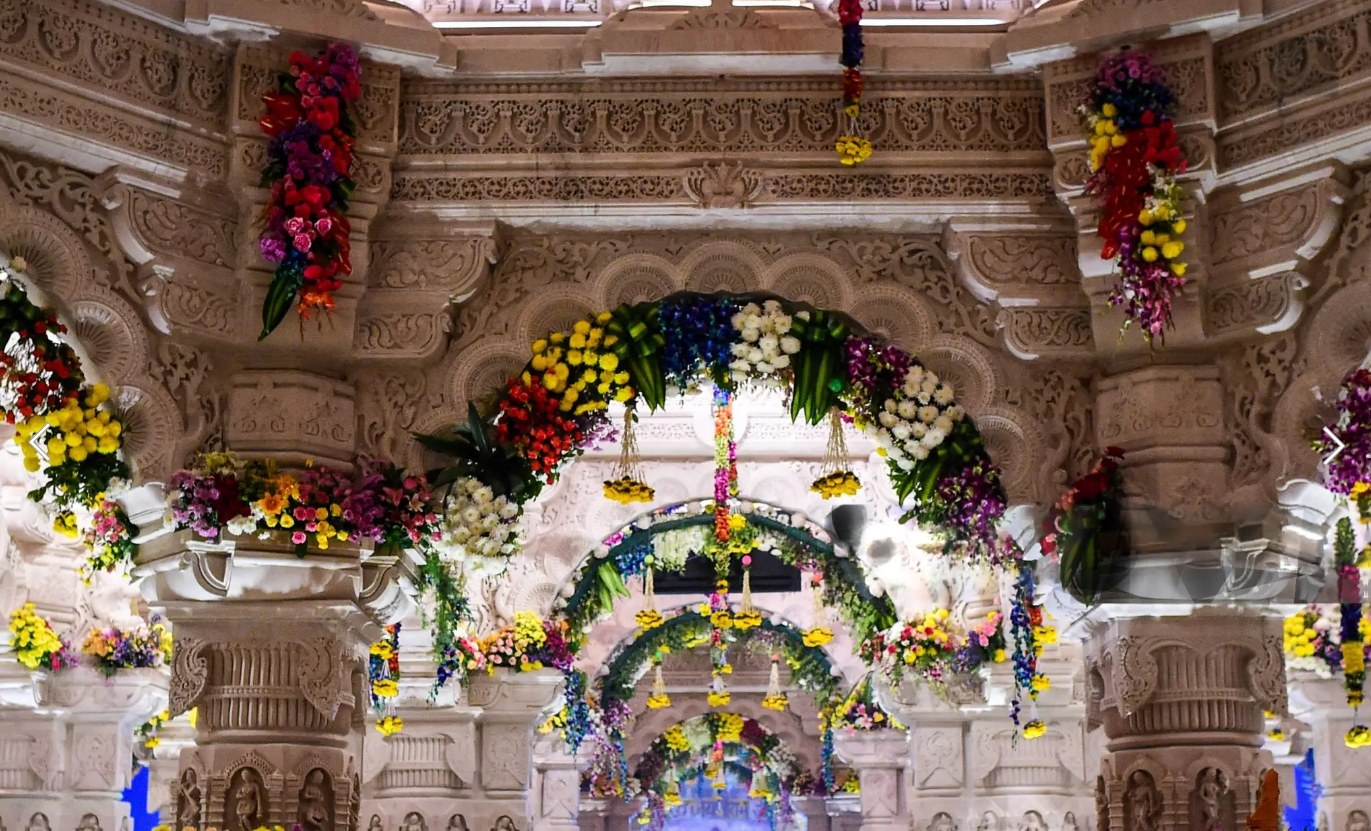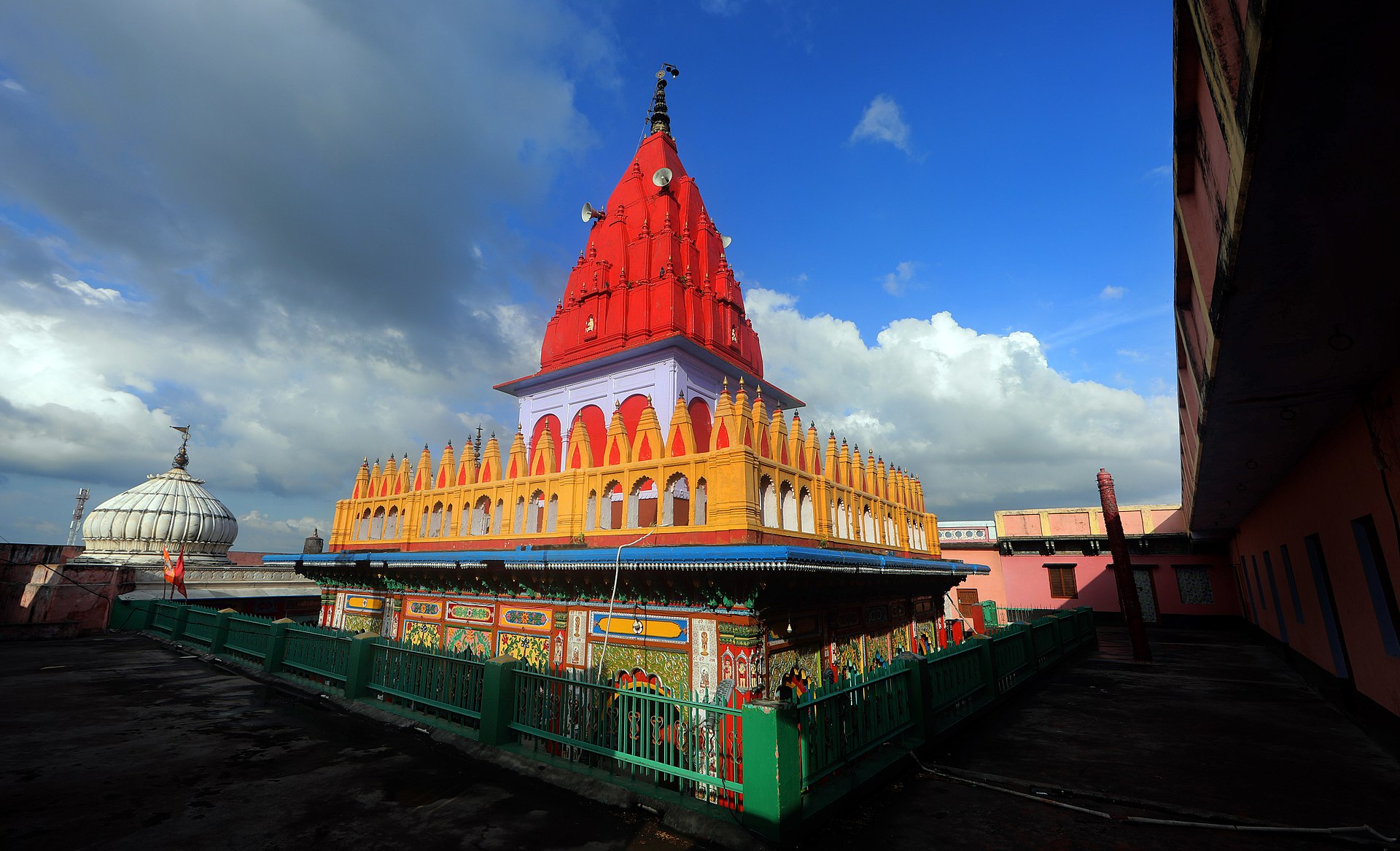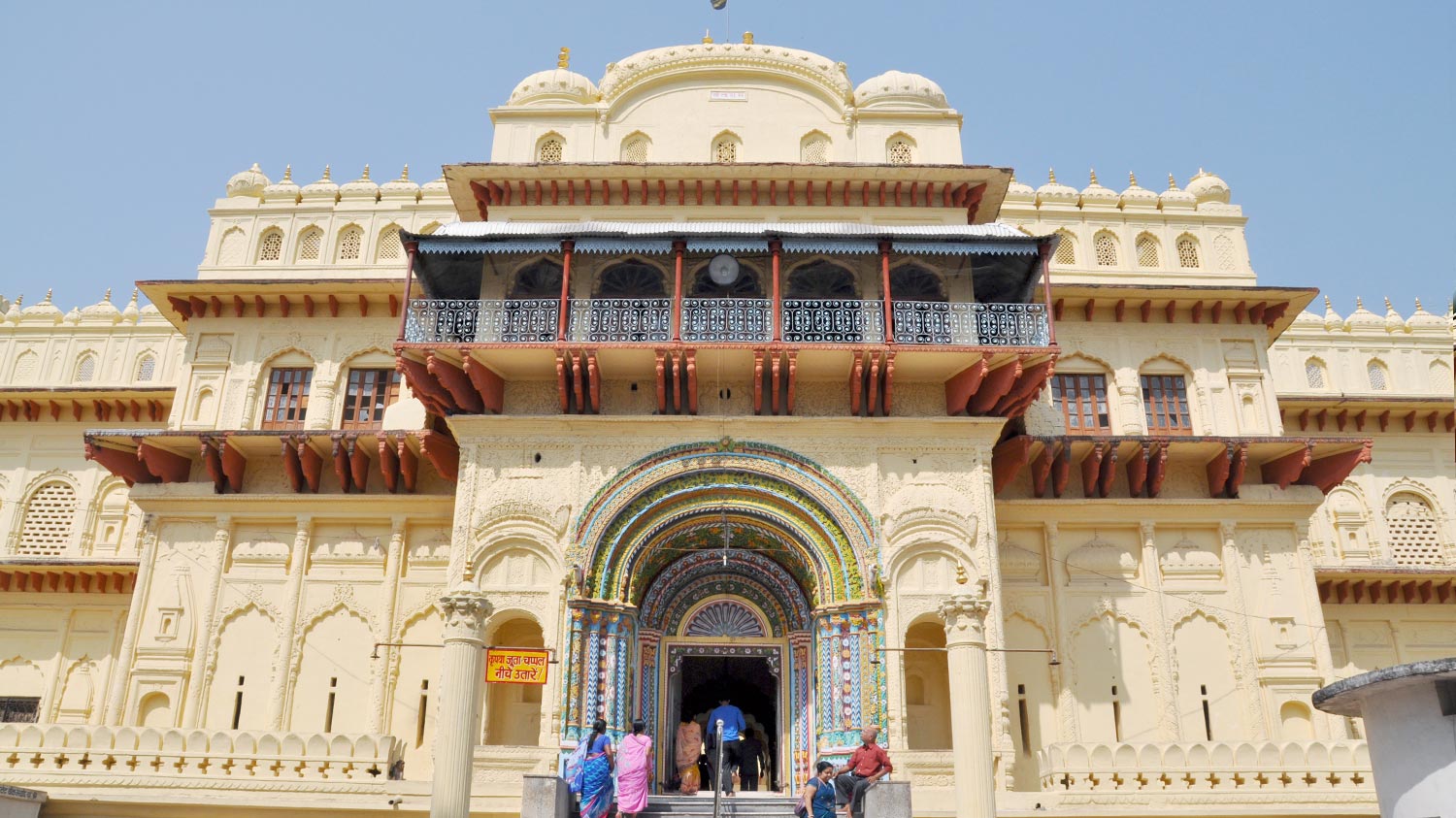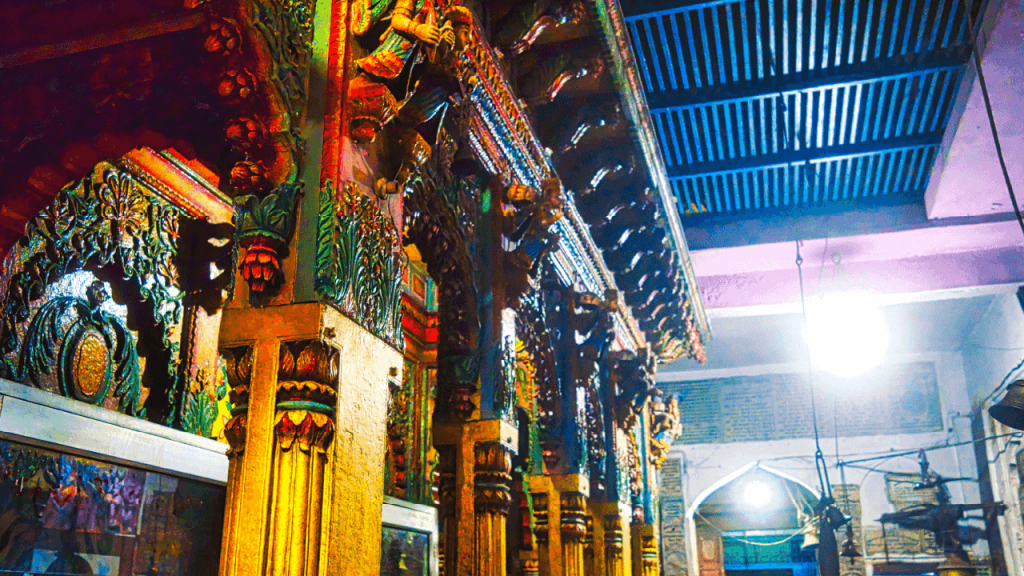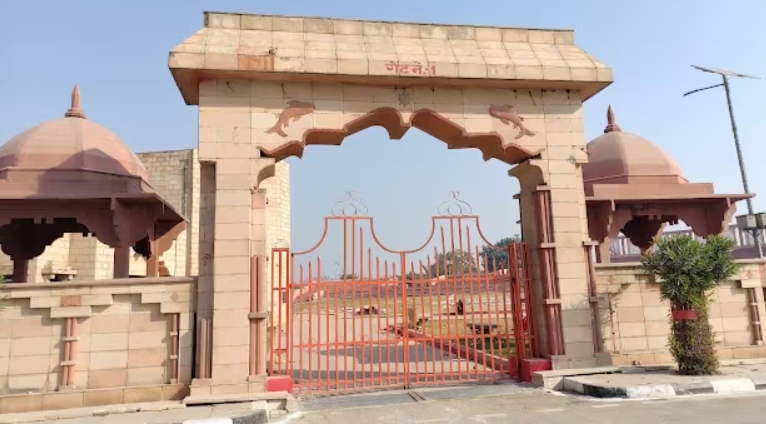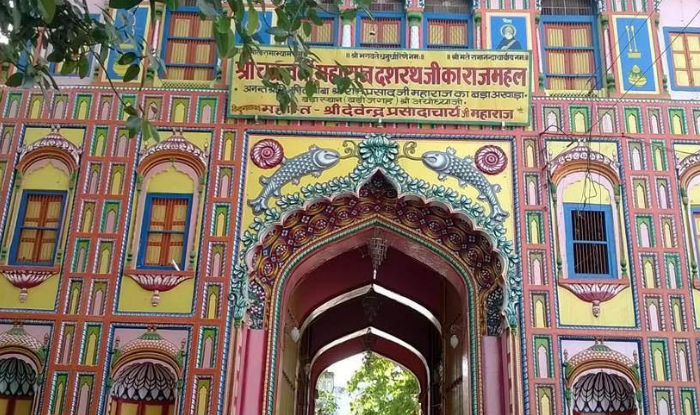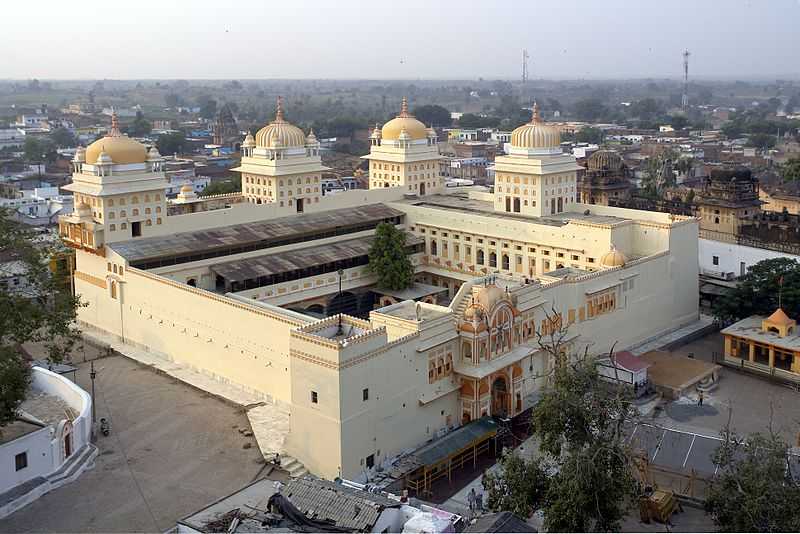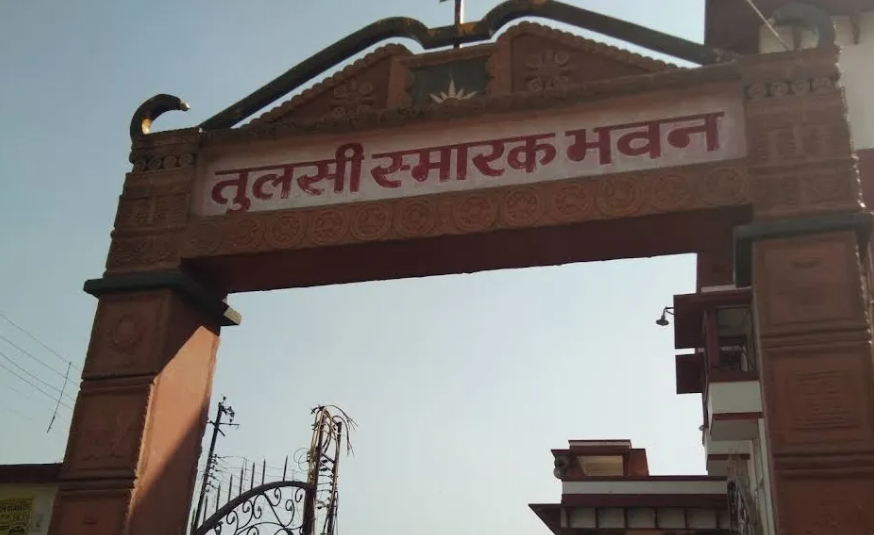Ayodhya Me Ram – Discover the Eternal Legacy of Lord Rama in Ayodhya
Ayodhya
Ayodhya is a city located in the Indian state of Uttar Pradesh, on the banks of the Sarayu River. It is considered one of the seven sacred cities of Hinduism and the birthplace of Lord Rama, the legendary king and deity. Ayodhya is a popular pilgrimage site for Hindus, who come to visit the Ram Mandir (temple) and other historic sites associated with the life of Lord Rama.
Historical Significance
Ayodhya's history dates back to ancient times and is deeply interwoven with the epic Ramayana. According to the epic, Ayodhya was the capital of the ancient Kosala Kingdom and the birthplace of Lord Rama, the seventh incarnation of Lord Vishnu. The city's historical and mythological importance extends beyond Hinduism, as it has also been a significant site for Buddhists, Jains, and followers of other faiths.
Ramayana Connection:
Birthplace of Lord Rama
Ayodhya is celebrated as the birthplace of Lord Rama, an avatar of Lord Vishnu. His life story, including his exile, the abduction of his wife Sita, and the subsequent battle with the demon king Ravana, is detailed in the epic Ramayana.
Capital of Kosala
The city served as the capital of the ancient kingdom of Kosala, ruled by King Dasharatha, Rama's father.
Buddhist and Jain Influence:
Buddhist Heritage
Ayodhya was an important center for Buddhism, with several stupas and monasteries established by Emperor Ashoka in the 3rd century BCE.
Jain Temples
The city is also significant for Jains, as it is believed to be the birthplace of several Tirthankaras, including Rishabhanatha, the first Tirthankara.
Cultural and Religious Importance
Ayodhya is not only a historical city but also a living center of faith and culture. The city's temples, ghats, and other religious sites attract millions of devotees and tourists each year.
Temples and Pilgrimage Sites:
Ram Janmabhoomi
The most significant site, believed to be the birthplace of Lord Rama. The construction of a grand temple is underway, expected to be a major pilgrimage destination.
Hanuman Garhi
A temple dedicated to Lord Hanuman, offering panoramic views of the city.
Kanak Bhawan
Known as the "House of Gold," it is believed to have been gifted to Sita by her mother-in-law, Kaikeyi.
Nageshwarnath Temple
Dedicated to Lord Shiva, it holds a central role in the Maha Shivaratri festival.
Festivals:

Ram Navami
Celebrated as the birthday of Lord Rama, this festival attracts thousands of pilgrims who participate in processions and religious ceremonies.

Diwali
Marks the return of Lord Rama to Ayodhya after defeating Ravana. The city is illuminated with thousands of diyas (oil lamps), creating a spectacular sight.

Makar Sankranti
Known for the bathing festival at the ghats of the Saryu River.

Modern Development and Infrastructure
In recent years, Ayodhya has seen significant development aimed at enhancing its status as a major religious and tourist hub.
Tourist Facilities:
Improved Infrastructure
Development of roads, hotels, and other amenities to cater to the increasing number of visitors.
Cultural Centers
Establishment of museums and cultural centers to educate visitors about Ayodhya’s rich heritage.
Urban Planning:
Cleanliness and Hygiene
Efforts to maintain the city's cleanliness, including waste management and sanitation projects.
Transportation
Enhanced connectivity with nearby cities and towns, including better public transportation facilities.
Visiting Ayodhya
Visitors to Ayodhya can experience a blend of spirituality, history, and culture. Here are some tips for those planning a visit:
Best Time to Visit:
Festivals
Visiting during major festivals like Ram Navami and Diwali can provide a unique and vibrant experience.
Winter Season
The period from October to March is ideal due to the pleasant weather.
Travel and Accommodation:
By Air
The Maharishi Valmiki International Airport (IATA: AYJ, ICAO: VEAY) is located in Ayodhya Dham. Lucknow Airport is also only 150 km west of the city. Taxis and jeeps are available from the airport to reach Ayodhya.
By Train
Ayodhya Dham railway station is an important junction in North India. It is well connected to Delhi, Lucknow, Kanpur, Varanasi, Gorakhpur and Gonda. The railway station is less than two km away from the Ram Janmbhoomi Temple.
By Road
Uttar Pradesh State Road Transport Corporation (UPSRTC) operates regular buses to Ayodhya from major cities like Lucknow, Varanasi, and Gorakhpur or you can use your own car/taxi.
Accommodation
A range of hotels, guest houses, and dharamshalas (pilgrims’ rest houses) are available to suit different budgets.
Local Cuisine:
Vegetarian Delights
Ayodhya offers a variety of vegetarian dishes, including traditional North Indian cuisine. Street food and local sweets like peda are also popular.
Etiquette and Customs:
Respect Local Traditions
Dress modestly and respect local customs, especially when visiting religious sites.
Participate in Rituals
Visitors are welcome to participate in local rituals and ceremonies, enhancing their cultural experience.
"Ayodhya is a city that resonates with spiritual energy and historical significance. From the epic tales of the Ramayana to the serene ghats of the Saryu River, every corner of Ayodhya tells a story of devotion, culture, and heritage. Whether you are a pilgrim seeking spiritual solace or a tourist exploring India's rich history, Ayodhya offers a unique and enriching experience. Visit Ayodhya to immerse yourself in the divine aura of Lord Rama’s birthplace and witness the timeless traditions that continue to thrive in this sacred city."
Places to Visit in Ayodhya
Shri Ram Janmabhoomi Temple
Believed to be the birthplace of Lord Rama, the site is of immense religious importance.
Hanuman Garhi
A temple dedicated to Lord Hanuman, it is believed to protect the city from evil spirits. Climb the 76 steps to reach the temple, which offers panoramic views of Ayodhya. The main deity is a young Hanuman seated on his mother’s lap.
Kanak Bhawan
Known as the "House of Gold," it is believed to be gifted to Sita by her mother-in-law, Kaikeyi. The temple houses beautiful idols of Lord Rama and Sita adorned with gold crowns and jewelry.
Nageshwarnath Temple
According to legend, this temple was established by Kush, the son of Lord Rama. Dedicated to Lord Shiva, the temple plays a central role in the Maha Shivaratri festival.
Ramkatha Park
Ramkatha Park is an open-air theater where various cultural and spiritual events, especially related to the life of Lord Rama, are performed.
Guptar Ghat
Guptar Ghat is a significant ghat on the banks of the Sarayu River, where it is believed that Lord Rama took Jal Samadhi (immersed himself in water and left his earthly life).
Sita Ki Rasoi
Sita Ki Rasoi is an ancient kitchen believed to be used by Sita herself. It is located near the Ram Janmabhoomi Temple.
Dashrath Bhawan
Dashrath Bhawan is one of the most significant and revered places in Ayodhya. It holds immense religious and cultural importance as it is believed to be the royal palace of King Dasharatha, the father of Lord Rama.
Raja Mandir
The name "Raja Mandir" signifies its association with royal patronage. Historically, it has been supported and maintained by various royal families, adding to its prestige and significance.
Tulsi Smarak Bhawan
Tulsi Smarak Bhawan is a memorial dedicated to Goswami Tulsidas, the author of Ramcharitmanas. It celebrates his life and contributions to literature and spirituality.

